I don’t think I’ll ever forget carrying a paper plate with steaming corn when I was 7 years old, on a Father-Daughter Indian Princess cooking trip. The plate caved, along with the boiling water, and I’ll never wear a bikini again. Ok, fine, there are other reasons I won’t wear a bikini, like being 40 and having had 3 kids, but it sounds good, huh?
Also, rushing to get dressed for a best friend (Lesley)’s wedding, I learned never, ever to use a hair straightener without also wearing a shirt. Burning your shoulder right before walking down the aisle in a strapless dress is far from ideal.
And, when I was ironing bead art for my then 4-year-old, and he touched the hot iron to see if it was hot enough, that was all confirmed shortly after in the ER, along with emergency burn treatment. [For the record, all he remembers is the popsicle at the end and frequently asked me if we could revisit the “hop-stital.”]
And my friend Liz R., Mom Since 2000 (MS’00) who juggles three kids under the age of 9 plus her job in product development, had a very recent burn experience. She had a cup of very hot tea on the counter, shifted into phone and 2 kids needing her mode, which we all do. Her curious 2-year-old moved the stepstool to see what was on the island, and ended up with 2nd and 3rd degree burns and 3 days in ICU at the hospital. Luckily, a few scars later, her son is fine, but pretty scared of hot things now and asks if everything is hot.
War stories aside, how should you react when your child gets burned? Visit our Dr. Mom page for some ideas, including a critical tip for moms — Always keep a well-stocked First Aid kit in your car and kitchen. And restock frequently. This guest piece has some great tips for treating burns and also ideas for safe cooking. Full disclosure here — The tips were sent by a PR firm representing one of the many products available on the market – Burn Gel Plus. I’m not endorsing any particular product, but think these are great tips nonetheless, and do recommend that you find one that works for you & keep it at home.
Seconds Count When Your Child Gets Burned
Of all the items that should be in a well-stocked kitchen, first aid treatments might be the most important.
Every 25 seconds, someone in the United States is burned or scalded in their home, and once it happens, every second counts. Scalds are the leading cause of accidental death in the home for children from birth to age 4 and account for 60 percent of the burn injuries for children up to age 14. And the most likely place for children under 4 to be burned is right in their own kitchen.
“It is essential to quickly and consistently cool the area when a child gets burned,” says Dr. Daniel Rifkin, a pediatrician at Penn State Children’s Hospital, assistant professor of pediatrics at Penn State College of Medicine, and former volunteer firefighter. “Even simple burns from splashes of hot water or coffee can lead to ongoing injury of the skin if the heat is not removed right away.”
Treating Burns
Dr. Rifkin urges parents to be prepared by keeping a product like Burn Jel Plus in the kitchen cabinet. The treatment is a water-based gel that provides controlled cooling of the burn site by acting as a heat exchanger. It also contains Lidocaine for immediate pain relief and Tea Tree Oil, which is a natural antibacterial agent. This over-the-counter product uses the same Water-Jel technology used by firefighters, paramedics and even the U.S. military.
Better Than Water
While many parents immediately turn to water when a burn occurs, it has limitations for burn relief and treatment. As heat is transferred from the wound through evaporation, the surface temperature lowers, but heat emanating from deep within the burn rises to counteract the cooling effect of the evaporating liquid, which then requires new application.
Scarring can occur when burned tissue remains at an uneven temperature, meaning rapid and consistent heat transfer is critical.
What Not To Do
The use of home remedies such as butter or creams causes more damage by trapping heat and creating a risk for infection. Ice should never be applied to a burn because extreme cold can cause additional tissue injury.
Kitchen Safety Tips
· Avoid wearing loose-fitting long-sleeved clothing when cooking.
· Have good lighting in the kitchen and work areas.
· Always keep pot handles turned inward, toward the back of the stove. Cook on rear burners whenever possible.
· Keep a large lid within reach when frying to extinguish grease fires, if necessary.
· Use large potholders or oven mitts.
· Avoid leaving food to cook unattended.
· Use a “fill-through-the-spout” teapot, the kind without a lid and with a whistle in the spout, to prevent “spilled water” scalds.
· Avoid using area rugs in the kitchen, especially near the stove. They can cause falls and scalds.
· Purchase appliances with short cords, and keep all cords from dangling over the edge of counters, as they can be pulled down. Cords may also become caught in cabinet doors, causing hot food and liquids to spill onto you or others. The grease in deep fat fryers and cookers can reach temperatures higher than 400 degrees and cause serious burns in less than 1 second.
· Periodically check all handles on appliances and cooking utensils to ensure the handles are tightly fastened and will afford proper heat protection.
· When removing lids from hot foods, remember that steam may have accumulated. Lift the cover or lid away from your face and arm.
· Steam reaches temperatures greater than 200 degrees when using a microwave, and builds rapidly in covered containers, which can result in burns to the face, arms and hands. Puncture plastic wrap or use vented containers to allow steam to escape while cooking. Or wait at least one minute before removing the cover. When removing covers, lift the corner farthest from you and away from your face or arm.
· Keep a proper first-aid burn treatment close by.


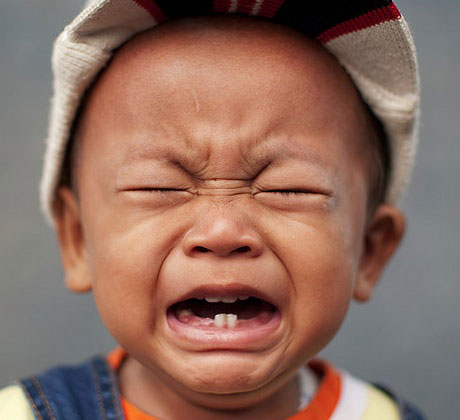
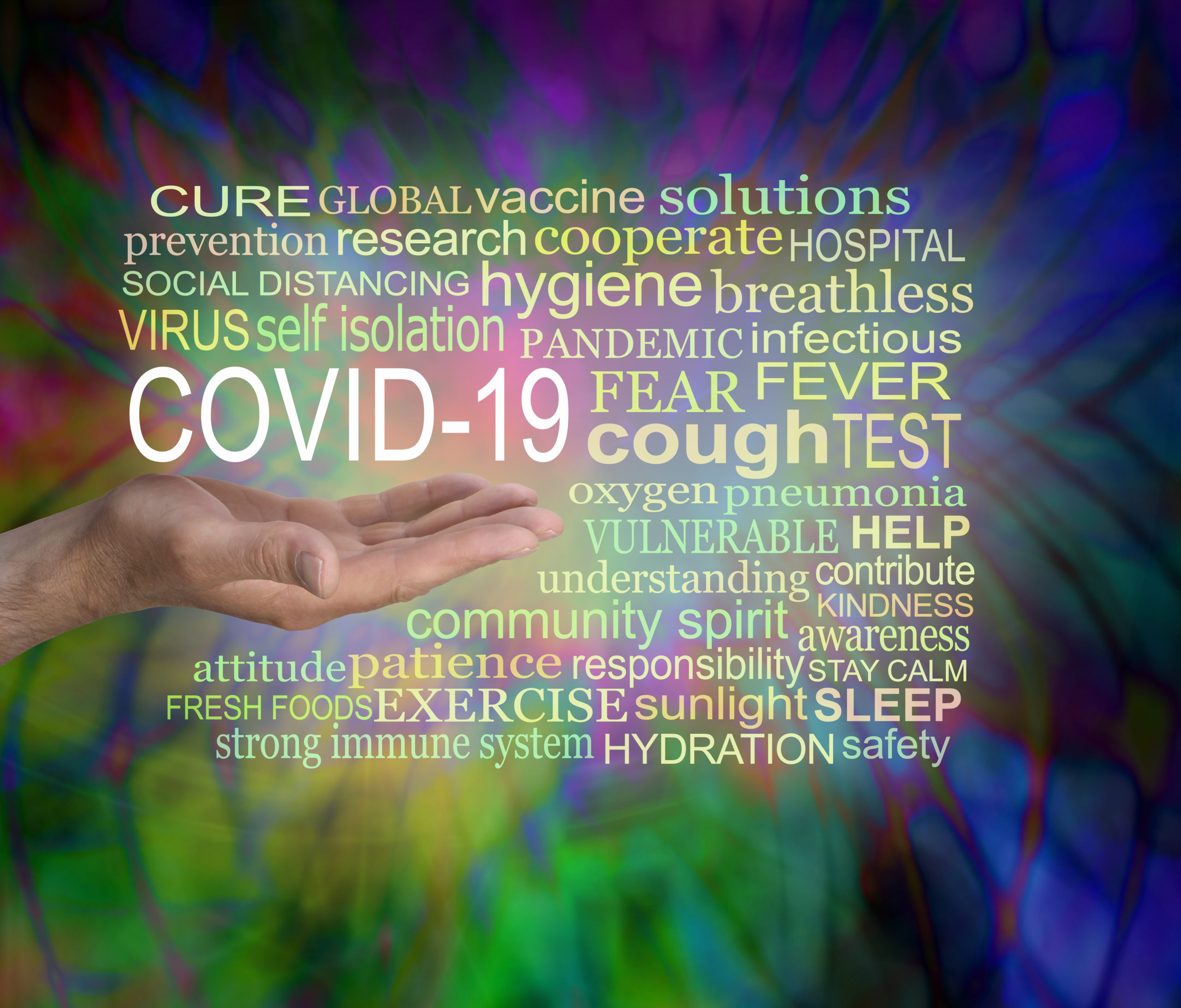

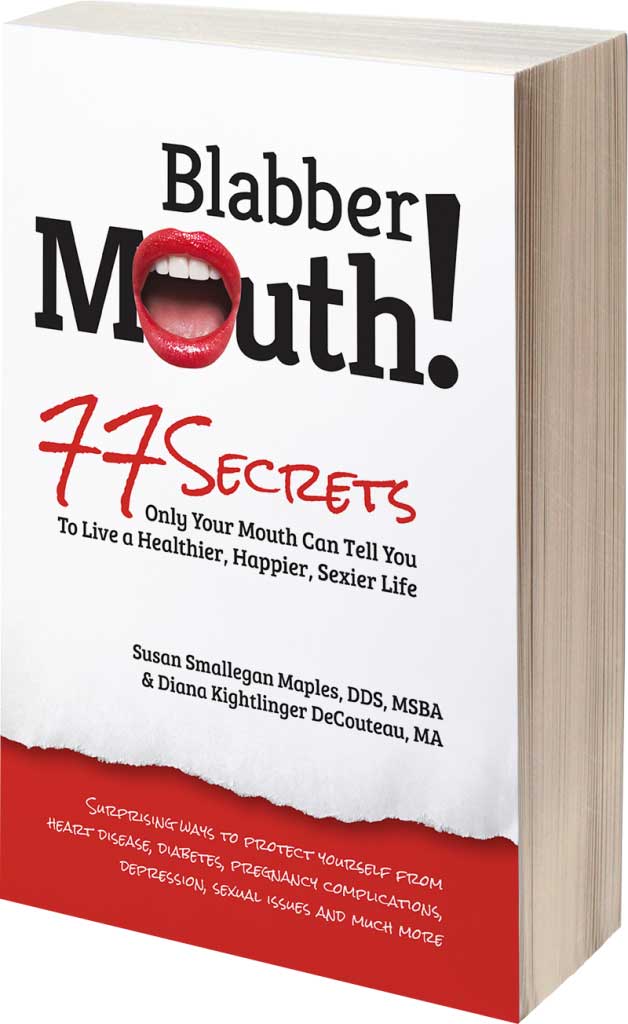
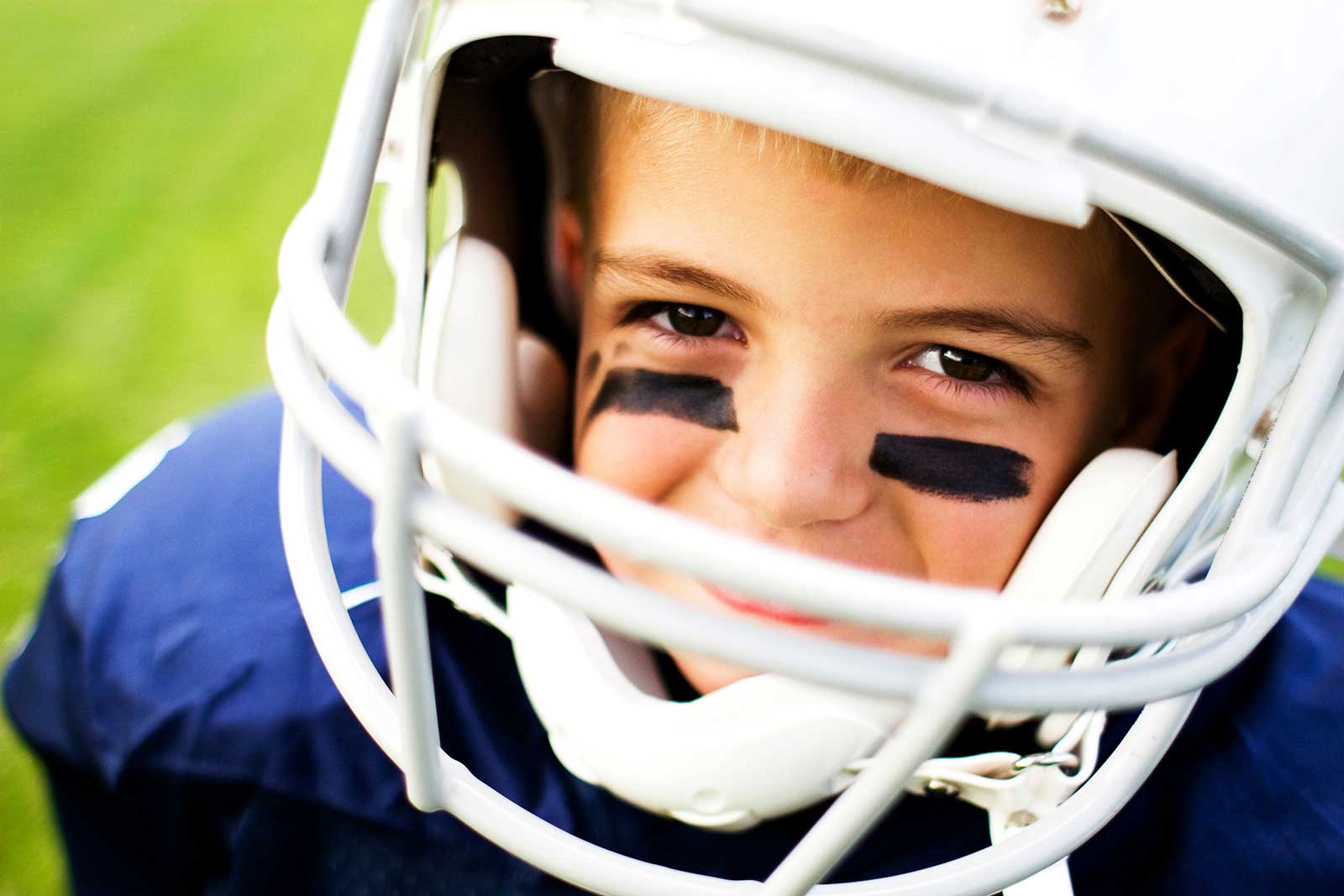
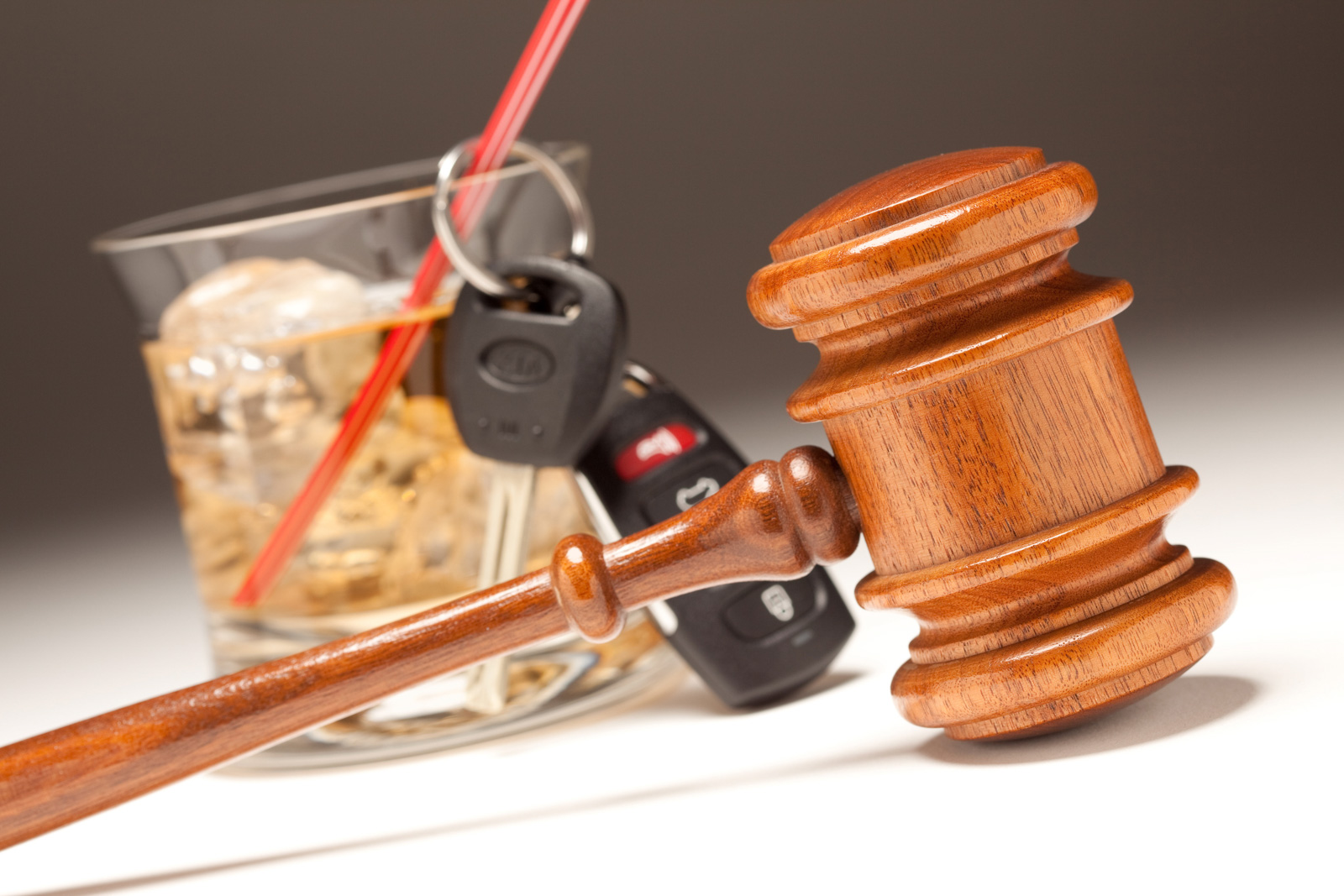
Leave A Comment